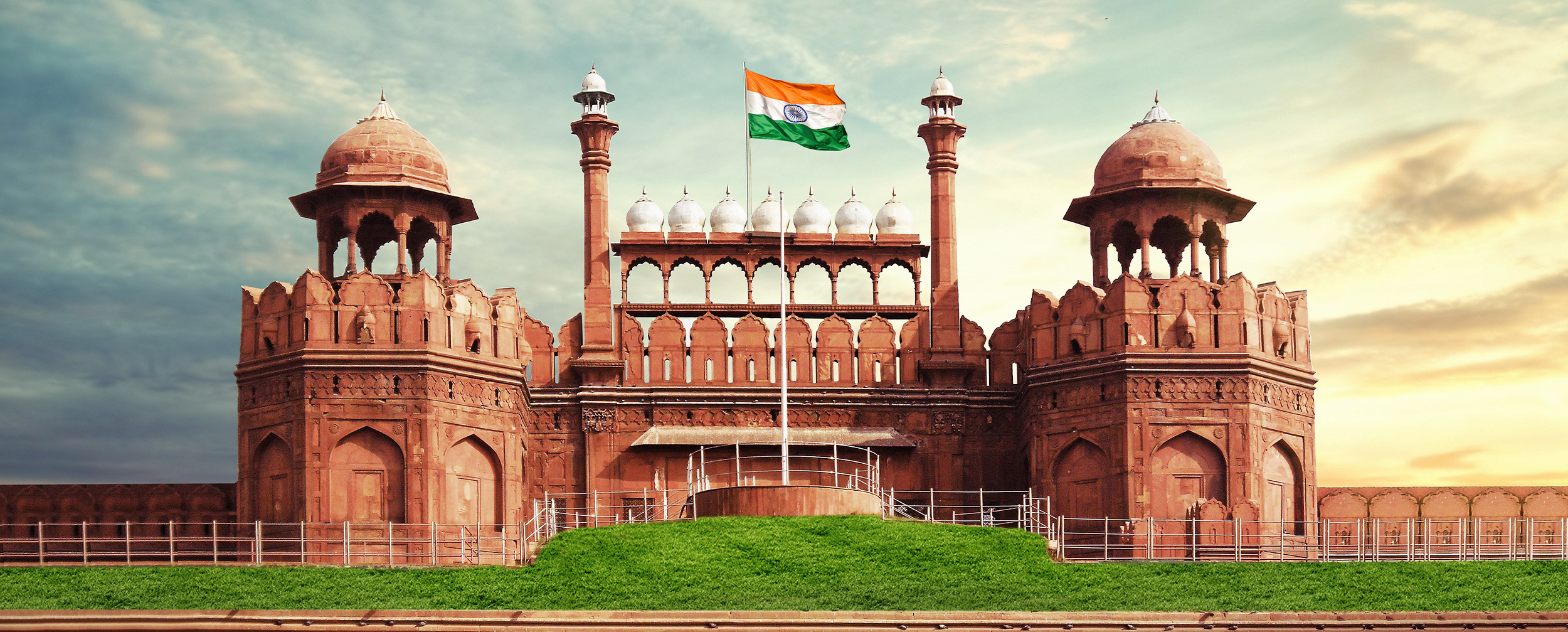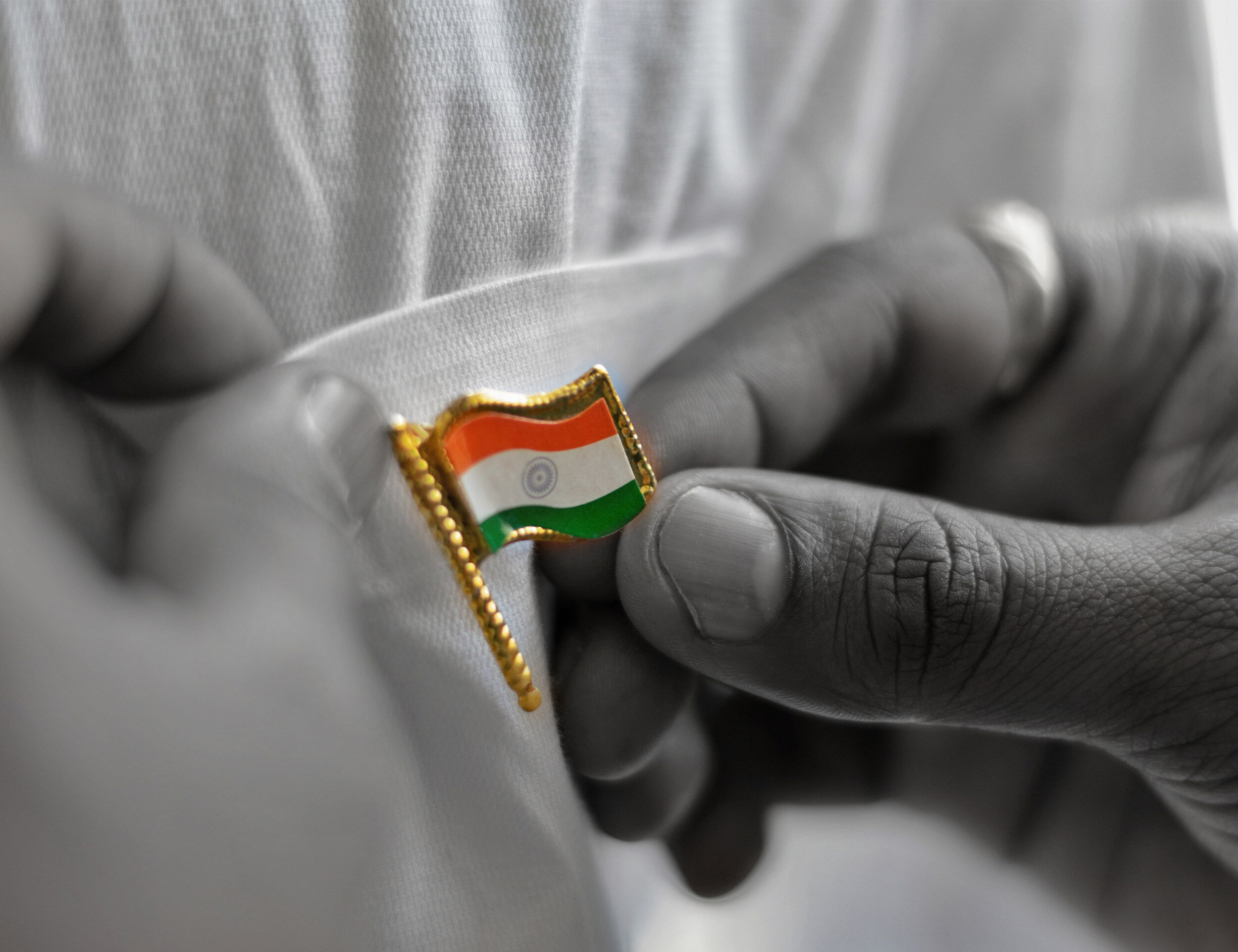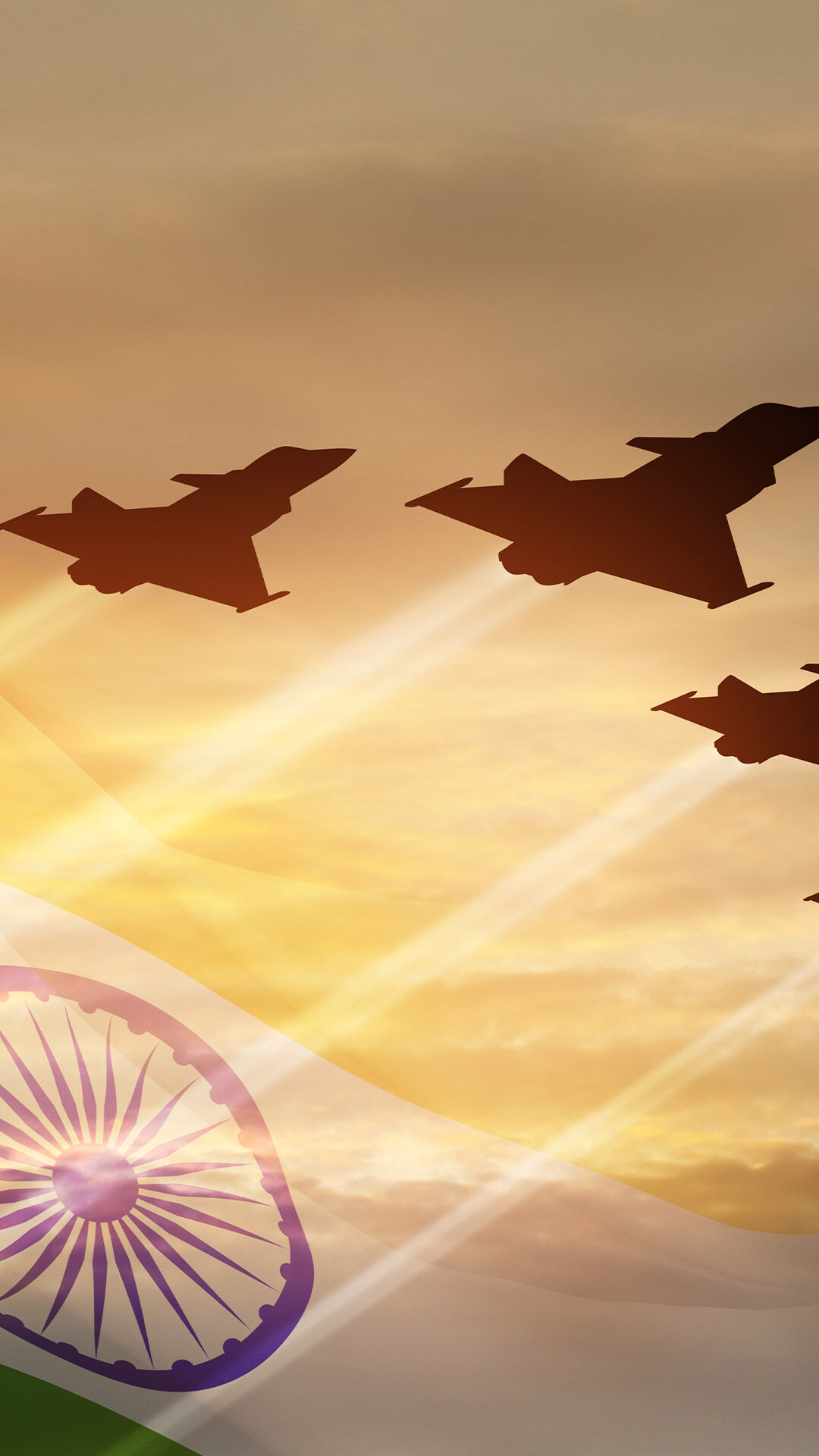STORIES BY MANYAVAR & MOHEY

Lifestyle
75+ Years of Freedom: The Complete History of Independence Day of India
Date 14 July 2025 Reading time: 7-10 mins
The history of Independence Day of India is a profound narrative of resilience, sacrifice, and the relentless pursuit of liberty. On August 15, 1947, India broke free from nearly two centuries of British colonial rule, marking a momentous milestone in its journey as a nation. This day is far more than a public holiday; it embodies the spirit of millions who fought, endured, and dreamed of sovereignty.
Exploring the history of Indian independence reveals a saga of courage and unity that continues to resonate with every Indian. As we celebrate this occasion, we are reminded of the struggles that shaped our past and the legacy that guides our future.
The Origin of Independence Day: A Brief Overview
The origins of India's independence movement trace back to the 19th century, when the seeds of nationalism first took root. The history of the Indian independence movement began with the Revolt of 1857, widely regarded as the First War of Independence. This uprising, though suppressed, ignited a spark of resistance against colonial domination.
The establishment of the Indian National Congress in 1885 marked a significant step, providing a structured platform for Indians to articulate their political aspirations. These early efforts laid the groundwork for the history of Independence Day of India, reflecting a growing awareness and collective resolve to challenge foreign rule. The history of the Indian independence during this period was characterised by an awakening that would soon evolve into a powerful movement.
The Struggle for Freedom: Key Events in the History of Independence Day of India
The history of Independence Day of India is defined by a series of transformative events that propelled the nation toward freedom. The Swadeshi Movement of 1905, triggered by the Partition of Bengal, introduced economic resistance through the boycott of British goods and the promotion of local industries. This movement’s success in reversing the partition showcased the strength of unified action.
The Non-Cooperation Movement of 1920, led by Mahatma Gandhi, saw widespread withdrawal from British institutions, amplifying the call for self-rule. The Salt Satyagraha of 1930, with Gandhi’s historic Dandi March, symbolised defiance against oppressive laws, while the Quit India Movement of 1942 demanded an immediate end to colonial rule with the rallying cry of "Do or Die."
These milestones, integral to the history of 15 August, built the momentum that culminated in India’s independence. The history of the Indian independence movement during these years reflects the strategic brilliance and mass participation that shaped the nation’s destiny.
The Sacrifices Made: Heroes of the Indian Independence Movement
The history of the Indian independence movement is enriched by the sacrifices of countless individuals who became torchbearers of freedom. Mahatma Gandhi’s philosophy of non-violence inspired millions, while leaders like Jawaharlal Nehru and Subhas Chandra Bose offered distinct visions for liberation. Revolutionaries such as Bhagat Singh, Rajguru, and Sukhdev embraced martyrdom, their actions igniting fervour among the youth.
Women, too, left an indelible mark—Rani Lakshmibai’s bravery in 1857, Sarojini Naidu’s leadership, and Aruna Asaf Ali’s courage during Quit India stand as testaments to their contributions. These heroes, woven into the history of Indian independence, paid a steep price for the freedom we cherish today. Their legacy is a cornerstone of the history of Independence Day of India, inspiring reverence and gratitude.
The First Independence Day: Celebrations and Significance
The history of 15 August captures a defining moment in India’s story. On the night of August 14-15, 1947, the Constituent Assembly convened in New Delhi, where Jawaharlal Nehru delivered his iconic "Tryst with Destiny" speech, heralding India’s birth as a free nation. The following morning, the tricolour was hoisted at the Red Fort, a tradition that endures to this day. Yet, the euphoria was tempered by the tragedy of Partition, which brought violence and displacement.
The first Independence Day was a blend of triumph and reflection, as documented in the Independence Day history in English, which preserves the emotions of that historic dawn. The history of 15 August remains a poignant reminder of both the joy of freedom and the challenges that accompanied it.
The Evolution of Independence Day Celebrations
The manner in which India commemorates Independence Day has evolved significantly, as reflected in the history of Independence Day of India. The Prime Minister’s address from the Red Fort, followed by a parade showcasing military and cultural heritage, remains a central tradition. Across the nation, flag-hoisting ceremonies, patriotic performances, and community events foster a sense of unity. Modern celebrations have embraced technology, with live broadcasts and virtual participation broadening their reach.
The Independence Day history in English now includes contemporary trends, where fashion brands offer tricolour-inspired designs that appeal to younger generations. These adaptations highlight how the history of the Indian independence movement continues to influence present-day expressions of patriotism.
The Symbolism of Independence Day in Modern India
In today’s India, Independence Day transcends historical remembrance—it is a celebration of national identity. The tricolour flag, with its saffron, white, and green stripes and the Ashoka Chakra, symbolises courage, peace, and progress. The national anthem and song stir deep pride, echoing the ethos of the freedom struggle.
Fashion, too, plays a role, with many opting for traditional dresses for women—sarees and salwar kameez in patriotic hues—as a nod to the khadi-wearing freedom fighters. The Independence Day Collection at Manyavar captures this symbolism, illustrating how these elements connect modern India to its past. The history of the Indian independence movement lives on through these enduring symbols, reinforcing the values that define the nation.
The Enduring Legacy of Independence Day
The history of Independence Day of India is a chronicle of struggle, sacrifice, and ultimate triumph. It honours the countless individuals who fought for a free India, their efforts culminating in the historic events of August 15, 1947. The history of 15 August serves as both a celebration and a call to uphold the principles of unity and justice that underpinned the freedom struggle.
The history of Indian independence reminds us of our shared responsibility to preserve and advance the freedoms won through such sacrifice. Each year, as we mark this occasion, we reaffirm our commitment to the ideals that continue to define India’s journey.
Celebrate this special day in style with outfits that honour our national pride while showcasing your personal flair. Discover Manyavar's Independence Day Collection for men and Mohey for women that perfectly captures the essence of freedom and culture —because nothing says patriotism like wearing your heritage with pride!







